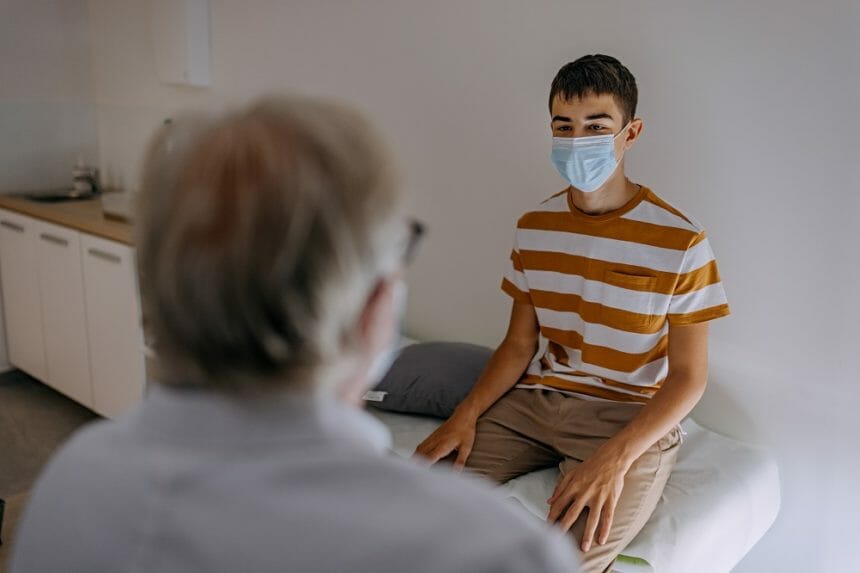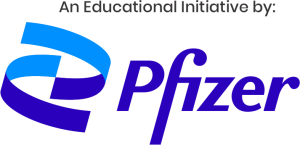The current system to address the US opioid epidemic is not ideal. Policies and guidelines have focused primarily on reducing opioid prescribing and restricting supply. However, the opioid crisis requires new approaches to prescription opioid management, according to a special article published in the journal Anesthesiology.1 In their article, Evan D. Kharasch, J. David Clark, and former US Surgeon General Jerome Adams write that restricting supply alone is insufficient and discuss their new concept of a prescription opioid ecosystem.
“We need a multifaceted approach, with prescribers, patients, pharmacists, insurance companies, health care institutions, legislators, and regulators, all working together towards a common goal. They need to understand that current approaches are not working,” said first author of the study Evan D. Kharasch, MD, PHD, editor in chief of Anesthesiology.
“The opioid paradox is that while US opioid prescribing has decreased 38% in the past decade, opioid deaths have increased 300%,” Dr Kharasch stated. “We should be aware of this because it tells us that restricting prescribing alone has not been successful in solving the epidemic, and that other approaches are needed,” said Dr. Kharasch.
A better way to manage the pool of prescription opioids in medicine cabinets is urgently needed. A multifaceted approach needs to address opioid use, storage, return, and harm reduction, with a specific focus on patients and communities, according to the study authors. A crucial component of the opioid ecosystem is the pool of unused prescription opioids.
The size of the opioid pool is influenced not just by supply and demand. The authors urge anesthesiologists and surgeons to use patient-specific regimens that provide adequate pain relief after surgery. They recommend multimodal strategies employing 2 or more drugs or techniques that act by different and complementary mechanisms. This could provide better pain relief and enable smaller opioid prescriptions.
Hundreds of millions of opioid pills in the United States are dispensed to patients but go unused each year. Most are just kept by patients. Few pills are safely stored, and only a fraction are disposed of or returned. The authors write the difficulty of returning prescription opioids contrasts markedly with the ease of obtaining them. They believe that regulations should require pharmacies dispensing opioids to provide instructions for proper return and disposal. This would preferably be done on the label and not as a handout. Patients should also be given the addresses and telephone numbers of disposal stations. Opioid buy-backs are another promising approach.
“Legislators, regulators, insurance companies and pharmacists should work to implement a 2016 law passed by Congress allowing for prescriptions to be partially filled, in order to decrease the opioid pool,” said Dr Kharasch. With this approach, the prescription can be fully filled with no questions asked and no additional cost, when a patient needs the additional supply.
Ronald Hirsch, MD, vice president of the regulations and education group at Physician Advisory Solutions, Elgin, Illinois, said pain responses in humans have evolved as a protective mechanism and with any medical intervention, the benefits of the treatment must be weighed against the risks. “If a patient is told prior to surgery that pain is a natural response and will subside with time and the treatment to completely abolish that pain, even one pill, may lead you to a life of addiction, I suspect some would choose to tolerate the pain rather than risk addiction,” Dr Hirsch said. “That patient could have pain, but be completely satisfied because they expected it and they know it will improve with time.”
The prevailing attitude is aiming for 0 pain at all costs. However, sending someone home with 3 opioid tablets may lead them to a life of addiction. Dr Hirsch said this new concept of an opioid ecosystem needs to address the issues triggering the first use. “No one develops opioid use disorder, if they never take that first opioid. What is lacking from the article is data on that first exposure,” he indicated. “We need to start with reassessing how we view pain and set proper expectations. 0 out of 10 pain for every single person in every single life situation is not a noble goal when the outcome is half a million deaths due to opioids.”
Addiction medicine physician Orman Trent Hall, DO, with the department of psychology and behavioral health at the Ohio State University Wexner Medical Center in Columbus said the US Centers for Disease Control and Prevention guidelines for opioid management of chronic pain recommend all clinicians be able to offer or arrange opioid use disorder treatment. Access to medications for opioid use disorder is crucial to reduce the risk of fatal overdose, particularly as the prescription opioid pool continues to shrink.
“The relationship between opioid prescribing and overdose is complex, and reduced opioid prescribing has coincided with a staggering increase in opioid overdose deaths in recent years,” Dr Hall indicated. “This appears to be the result of illicitly manufactured fentanyl coming to fill unmet demand left by decreasingly available opioid analgesics. The opioid ecosystem paradigm is promising in that it is much more comprehensive and nuanced than previous approaches, which have primarily focused on decreased prescribing.”
What’s Happening in the Trenches?
James Langabeer, PhD, professor of emergency medicine and biomedical informatics at UTHealth in Houston, and the founder of Houston Emergency Opioid Engagement System, said the common belief by pain specialists is that most people are becoming opioid-dependent due to a surgery or suffering a back injury. However, that is not what he is seeing. “Many of the people don’t get their opioids the standard way. The classic story was I broke my leg and he started me on an opioid and four months later I am taking them,” Dr Langabeer indicated.
That particular scenario does occur, but Dr Langabeer said not nearly as much as pain specialists, anesthesiologists and surgeons think. “What we are seeing in Houston is a lot more deaths, and people are getting addicted who never went through any medical route,” he stated. “I would say about 60% are getting their opioids outside the medical system.”
He agrees that just restricting the supply is clearly not working and greater efforts urgently are needed in terms of research and interventions. “If you make people go through too many hoops, they will go find it somewhere else,” said Langabeer. “If a patient is hooked on meth, they will switch to heroin.”
He said physicians are only kidding themselves if they think they are fixing the problem by simply following the current guidelines and protocols. Much greater patient counseling and referrals are needed, along with offering alternative therapies. Dr Langabeer said several helpful tools included physical approaches, such as a TENS unit. He also recommends yoga and teaching patients to meditate. “Massage therapy can help. We need to look at it more holistically,” he suggested.
Reference
Kharasch ED, Clark JD, Adams JM. Opioids and public health: the prescription opioid ecosystem and need for improved management. Anesthesiology. 2022;136(1):10-30.






